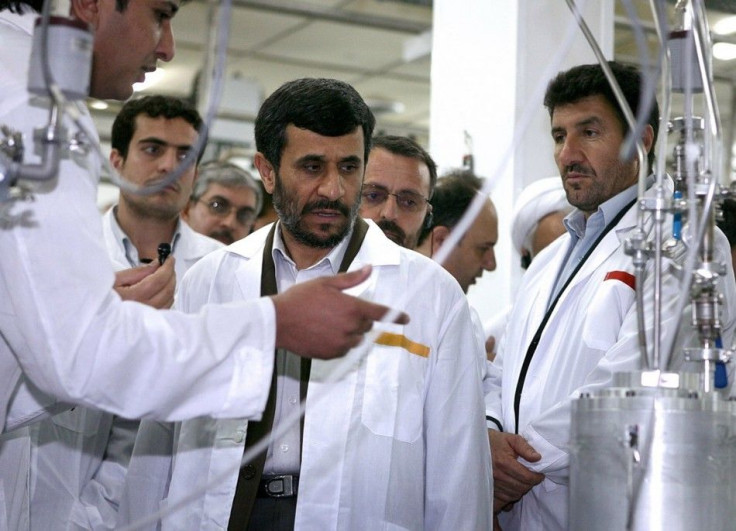Iran's Nuclear Program is 'Struggling': Ex-IAEA Chief

A former official of the International Atomic Energy Agency said Iran's use of old technology could be making it difficult for the country to expand its nuclear program.
It appears [Iran is] still struggling with the advanced centrifuges, Olli Heinonen, a former chief nuclear inspector for the United Nations' nuclear watchdog agency, told Reuters.
Despite years of testing and the recent unveiling of its fourth-generation centrifuge, Iran's enrichment capabilities aren't advanced enough for large-scale uranium production.
We do not know whether the reasons for delays are lack of raw materials or design problems, Heinonen added.
Iran has made proving the new claims difficult. IAEA agents who were in Tehran for two days of meetings were refused entry into specific nuclear facilities, including the Parchin military complex. Because Parchin isn't officially a nuclear site, U.N. inspectors weren't allowed into the facility.
The agency's controversial November report, which claimed Iran had tested nuclear weapons components, was partly based on satellite images of Parchin that showed evidence of large explosions.
Heinonen's comments follow the release of a new IAEA report Friday that said Iran has tripled its uranium enrichment capacity and doubled its number of centrifuges at the Fordo nuclear facility.
The latest IAEA report again showed the peaceful nature of the Iranian nuclear program and further reflected the progress Iran achieved in nuclear technology, Ali-Asqar Soltanieh, Iranian envoy to the IAEA, told the Fars news agency of the latest report.
Soltanieh added that IAEA inspectors would be allowed into Parchin after further negotiations.
© Copyright IBTimes 2025. All rights reserved.



















